my images, still and moving+ a miscellany of things of interest
Don't wanna be here? Send us removal request.
Text


MARKALBERDING.COM
3 notes
·
View notes
Text
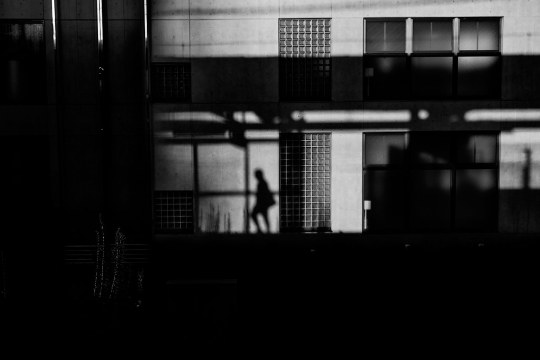
Last light, black & white.
markalberding.com
4 notes
·
View notes
Text
Kokeshi / こけし / 小芥子



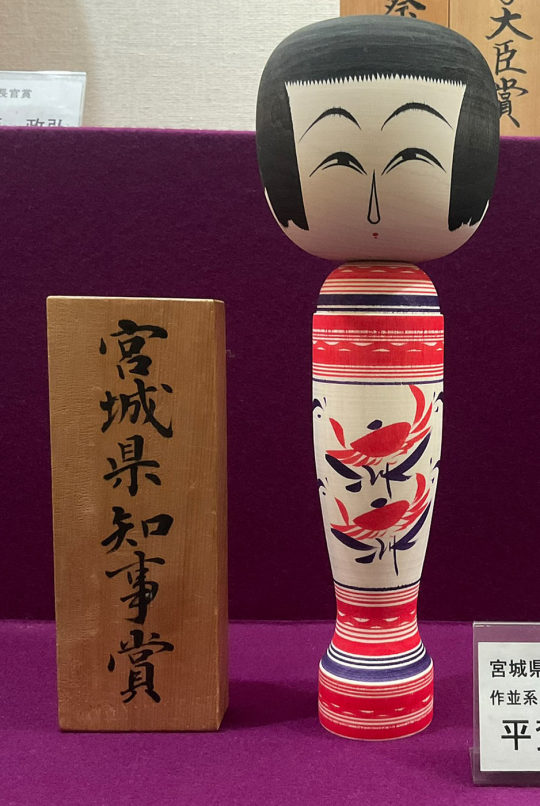
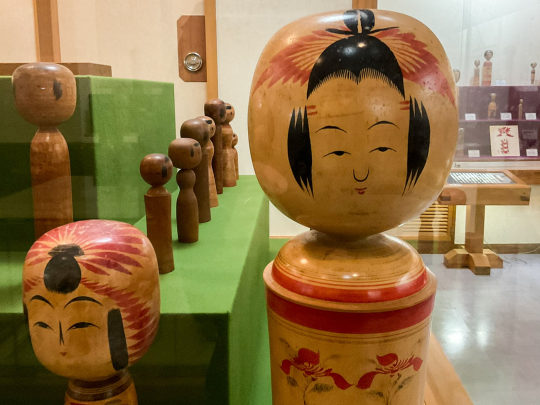
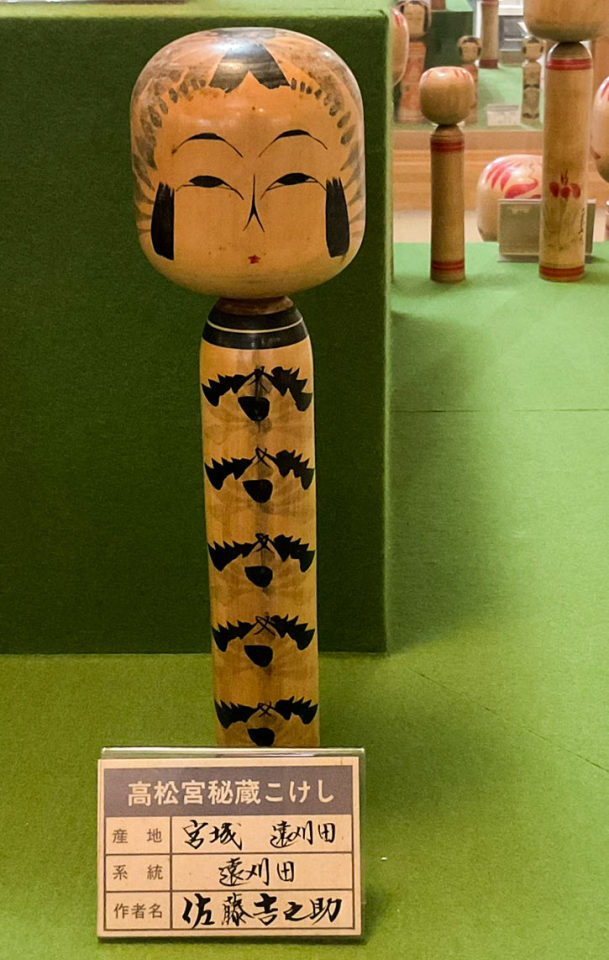
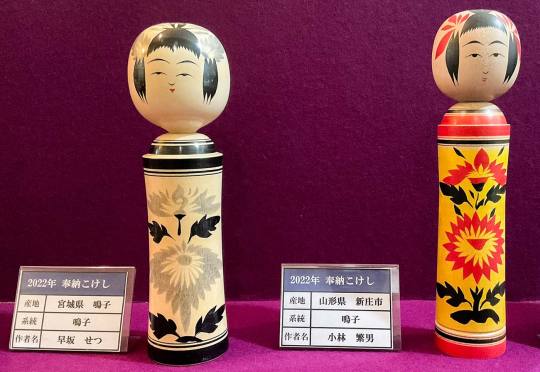






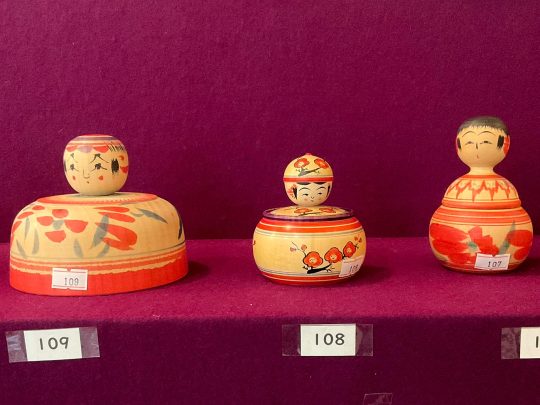
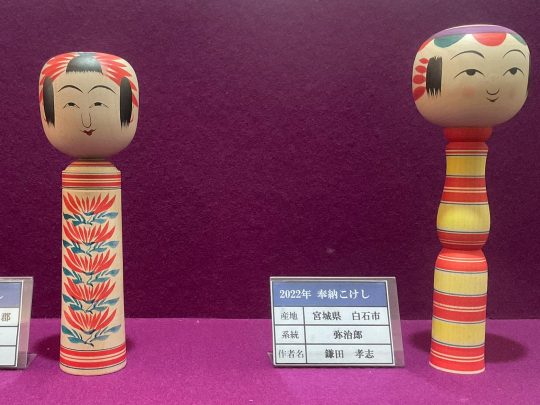


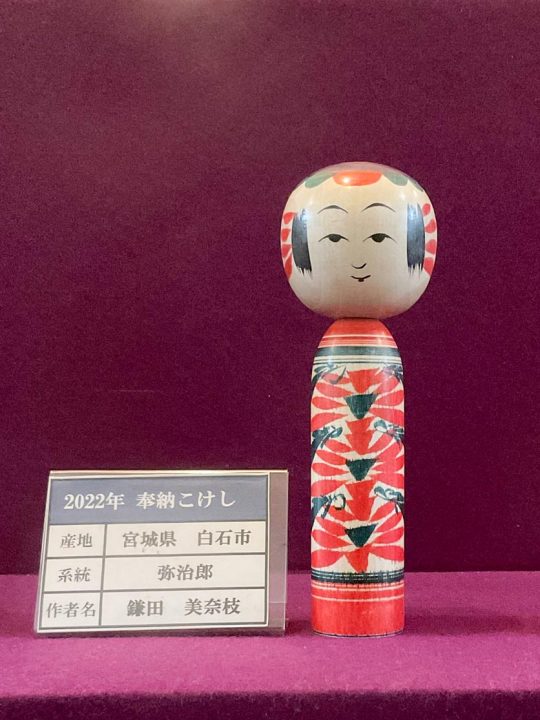

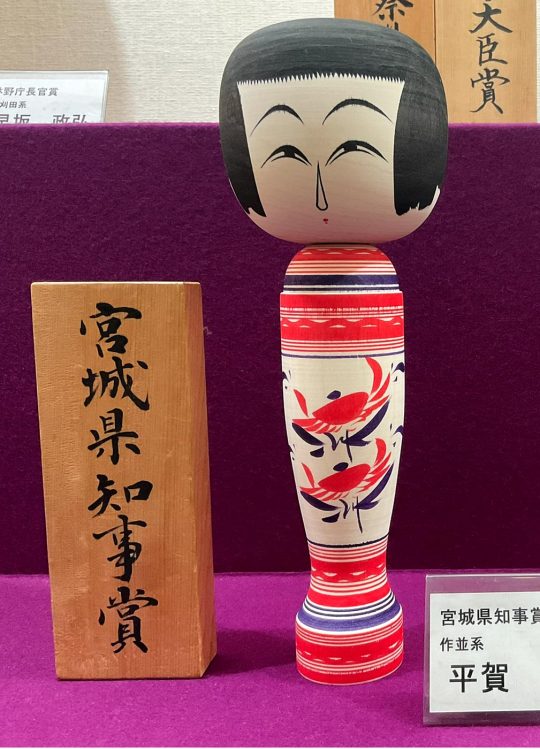
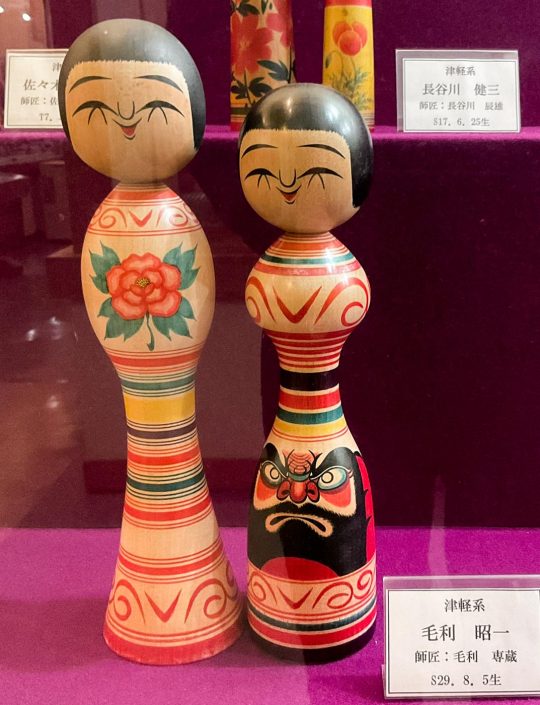
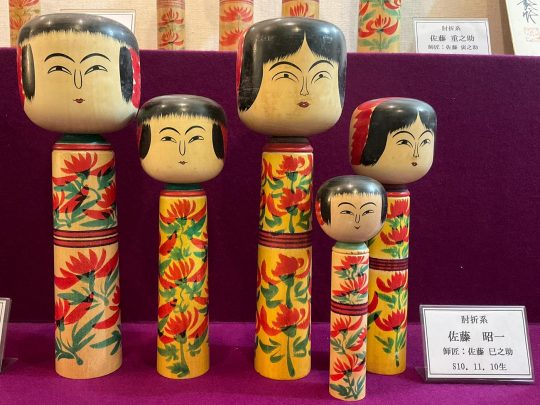
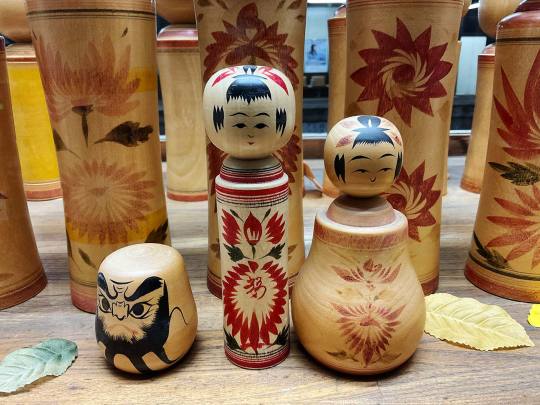
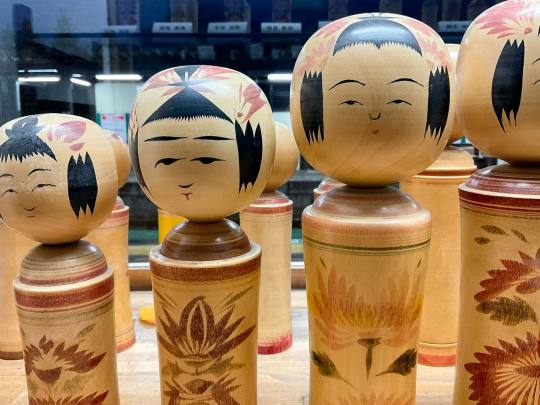


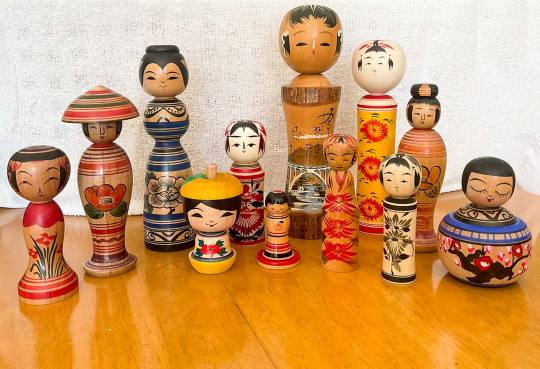
markalberding.com
63 notes
·
View notes
Text
11/17/23 池袋 / Ikebukuro
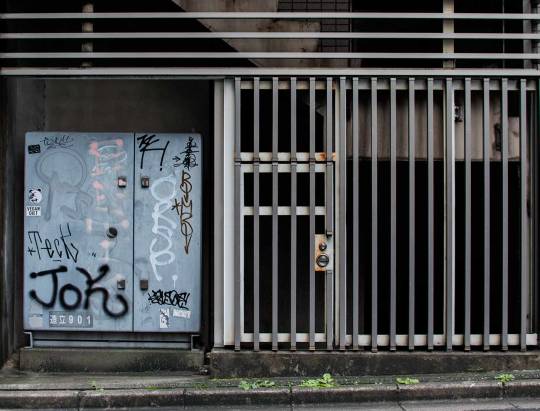
More:
11/17/23 池袋 / Ikebukuro
3 notes
·
View notes
Text
Dew-drenched Furze by Sir John Everett Millais (1889-90)

Fall for me.
Dew-drenched Furze by Sir John Everett Millais
3 notes
·
View notes
Text
Titan Arum
小石川植物園 Koishikawa Botanical Garden

Amorphophallus titanum, the titan arum, is a flowering plant in the family Araceae. It has the largest unbranched inflorescence in the world. The inflorescence of the talipot palm, Corypha umbraculifera, is larger, but it is branched rather than unbranched. A. titanum is endemic to rainforests on the Indonesian island of Sumatra.
Due to its odor, like that of a rotting corpse, the titan arum is characterized as a carrion flower, and is also known as the corpse flower or corpse plant as translated from the original Indonesian word bunga bangkai (bunga means flower, while bangkai can be translated as corpse, cadaver, or carrion).
Most flower for the first time after 7-10 years and every 7-10 years after that but some flower more frequently, every 2-3 years.
This specimen has some ways to go yet.
from Wikipedia
1 note
·
View note
Text
SCOTUS vs ART
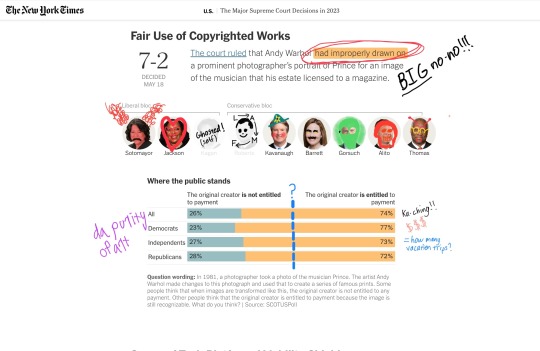
markalberding.com
1 note
·
View note
Text
Homma Takashi @ TOP

Revolution 9: Homma Takashi is a compact and varied presentation of Homma's recent photography at the Tokyo Photographic Art Museum until January 21st, 2024. It's not a retrospective, a truly daunting proposition at this point in his career given his prolific output, but a selection of works produced in rooms fashioned as camera obscuras functioning as pinhole cameras, work produced by this method being a recurring concern of Homma in recent years.
Homma is something of a shape-shifting artist who has produced a widely varied body of work, most of which at a glance might appear to have few common denominators but which uniformly intrigues, stimulates, or amuses, sometimes all three at once, leading perhaps to his eventually settling into a role as a prominent Japanese conceptual photographer today.
He came to wider notice with the straightforward series "Tokyo Suburbia" (1998), but was soon veering off into ambiguous territory with his "Tokyo and My Daughter" (2000) which purportedly presented his daughter growing up in the urban landscape of the megalopolis but in fact the child in question was not his at all but the daughter of a friend. With this he was off and running. Projects on Scandinavian mushrooms, all the buildings on Ginza Street (Tokyo), and windows in buildings designed by Le Corbusier around the world, to name just a few among many, have followed.
Much if not all of what is seen in this exhibition begs the question: "How many and which giants of photography has he referenced?" or perhaps it could also be posed as: "By which giants of photography has he not been influenced?" Seriously, though, the leading question becomes: where does one draw the line of acknowledging influence/inspiration if not homage, particularly across the entire body of work featured in an exhibition?
The admittedly unsatisfying answer is: "it depends". To be more precise, it depends on the viewer and their perspective on such an interpretive approach being front and center, as well perhaps as their perspective on the artist(s) being referenced. But in the end is it in fact interpretation that Homma is doing?
I would suggest that the ambiguity surrounding this approach is at least part of what Homma is counting on: it's his mode of engagement with the viewer, the entrance to an understanding of what he's doing in these works.
Variously, Homma's images in this exhibition can be seen as a technically impressive and masterful presentation of one skilled practitioner of the photographic arts referencing another established practitioner of the photographic arts (using the time-consuming, technically demanding, persnickety and uncertain medium of the camera obscura cum pinhole camera), a take the money and run gambit (successful, so far), a curious coincidence (obviously not, but…), or simply compelling images in their own right.
Whether he is referencing Hokusai's historical ukiyo-e woodblocks (not a photographer, obviously, but in any case an image maker ), one of Ed Ruscha's tongue in cheek taxonomic series, some of Robert Frank's latter period works produced from his Nova Scotia redoubt, or Kikuji Kawada's iconic eclipse image, Homma is straightforward and never coy; the informed viewer is never left guessing. But a casual observer has no need to know the inspirational provenance of the images in this exhibition as they can be fully appreciated on their own, reference-free merits.
markalberding


Three images from the series The Narcissistic City.
Right to left: sick of good bys (2013, Chromogenic print, 594 x 839 mm); sick of good bys for Robert Frank, Tokyo (2013, Chromogenic print, 594 x 420 mm); 11 (2014, Chromogenic print, 594 x 420 mm)
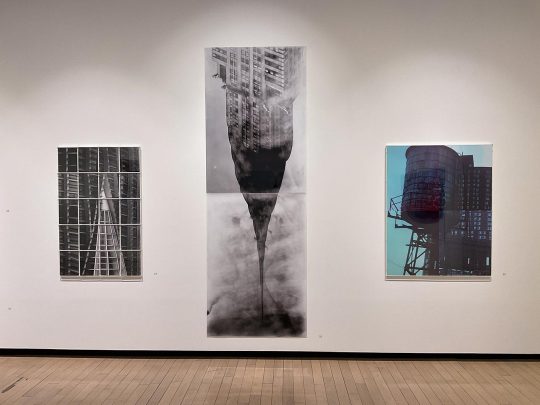
Three images from the series The Narcissistic City.
Right to left: New York (2013, Chromogenic print, 1265 x 1000 mm); New York (2015, Chromogenic print [a set of 2 works], 1434 x 1000 mm); The National Art Center, Tokyo (2013, Gelatin silver print [contact print, a set of 20 works], each: 252 x 200 mm).

Exhibition installation view, second room.
Far right: DDP, Seoul (2023, Chromogenic print [a set of 2 works] 1200 x 1123 mm [left], 1200 x 1765 mm [right]).
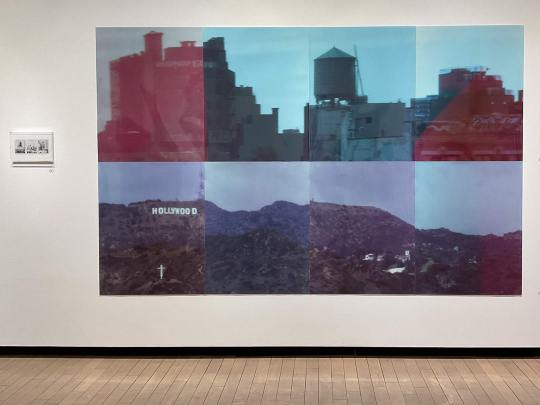
Right top: New York (from the series The Narcissistic City, 2013, Chromogenic print [a set of 4 works] each: 1000 x 790 mm) ; Right bottom: Hollywood, Los Angeles (from the series The Narcissistic City, 2015, Chromogenic print [a set of 4 works] each: 1000 x 790 mm). Left: Untitled (2015, Diffusion transfer process [a set of 3 works], each: 310 x 220 mm).

Right: Untitled (2015, Diffusion transfer process [a set of 3 works], each: 310 x 220 mm). Left: Duomo, Milan (2017, Chromogenic print [a set of 4 works] each: 1000 x 707 mm).

View of mixed media installation Seeing Itself (2015, dimensions variable) situated in the center of a room walled with Camera obscura studies (Aoyama --> Roppongi, building by building) (2014), and NY, (2013), both Inkjet printing on wallpaper 4000 x 9365.

Exhibition installation view, fourth room.
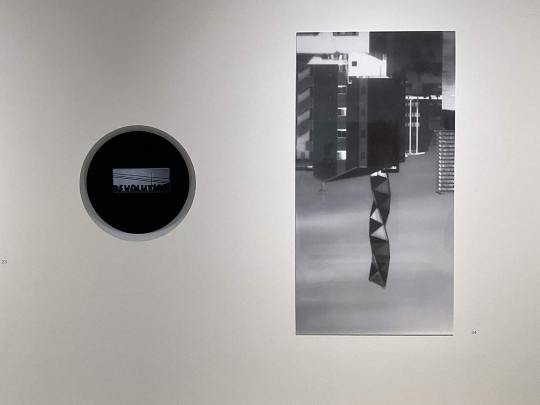
Right: Mito Tower (2022, Chromogenic print, 1928 x 1000 mm). Left: Revolution (from the series The Narcissistic City, 2013, Chromogenic print, 360 x 900 mm), mounted in a dark room on the wall opposite a cut out hole in the near wall.

Revolution (from the series The Narcissistic City, 2013, Chromogenic print, 360 x 900 mm), mounted in a dark room on the wall opposite a cut out hole in the near wall.
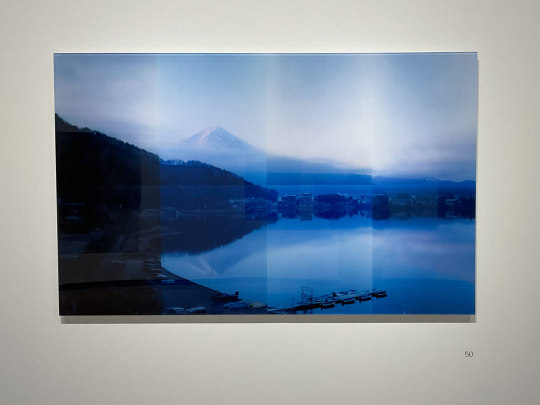
Mount Fuji 17/36 (from the series Thirty Six Views of Mount Fuji, 2019, Chromogenic print, 1000 x 1600 mm)
#Homma Takashi#Takashi Homma#ホンマタカシ#japanese photography#conceptual photography#conceptual art#photography#tokyo photographic art museum#photography exhibition
7 notes
·
View notes
Text
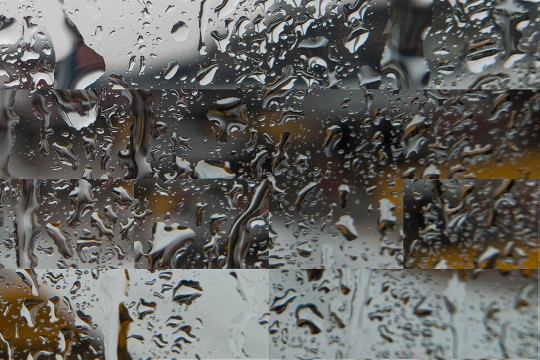
i explained things clearly but
click here for a compendium of photographic wonders or the automatic emptying of your bank account
#original photography#photo construct#construct#photo art#wtf#andwhoareyouthepostmansaidorwasitasked
3 notes
·
View notes
Text
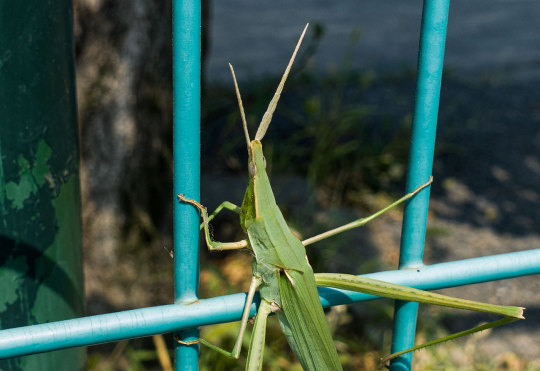
very hot (detail)
markalberding.com
5 notes
·
View notes
Text

in waiting (detail)
markalberding.com
2 notes
·
View notes
Text

partially floral
markalberding.com
7 notes
·
View notes
Text
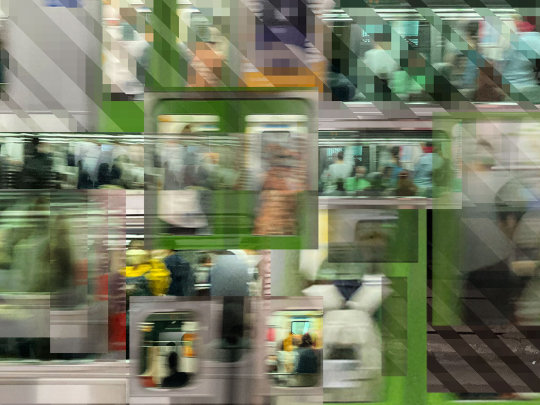
Yamanote, Ebisu | 山手、恵比寿 (detail)
markalberding.com
4 notes
·
View notes
Text
Gerhard Richter - Eight Panes of Glass
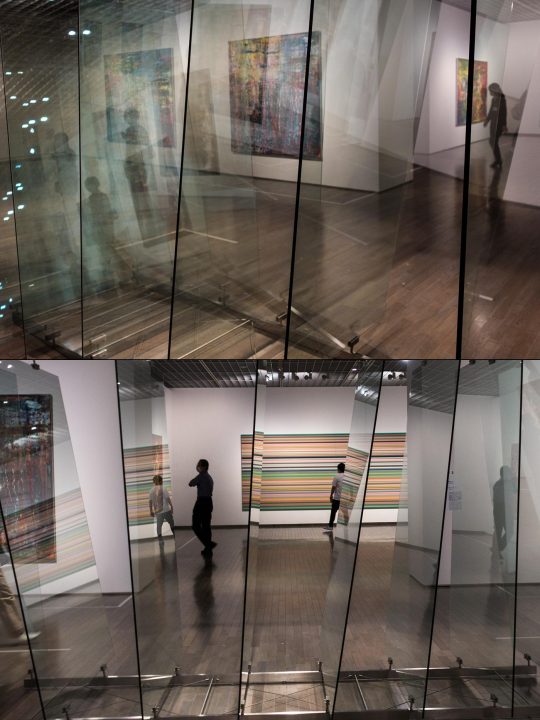
2012 230 x 160 x 350 cm Glass & Steel [CR 928]
2 notes
·
View notes
Text
John Baldessari - planets (chairs, observer, white paper) 1987
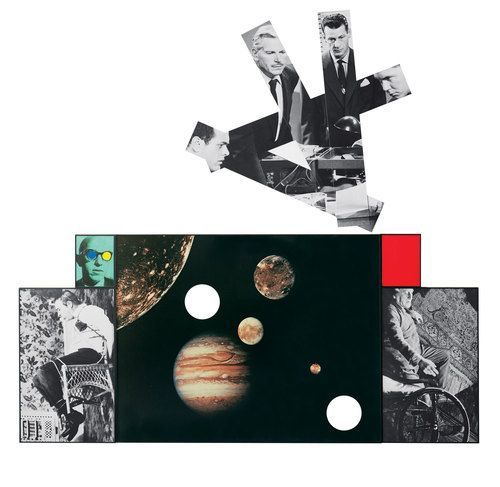
3 notes
·
View notes
Text

heron goes
markalberding.com
4 notes
·
View notes
Text
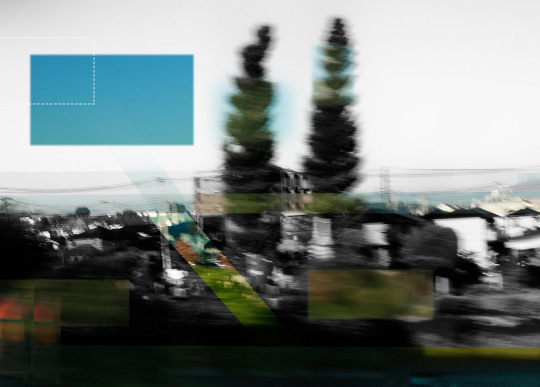
Detail
markalberding.com
6 notes
·
View notes